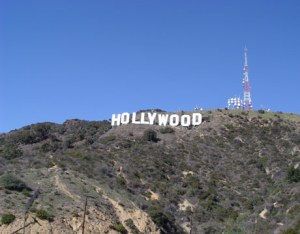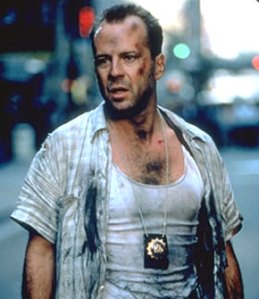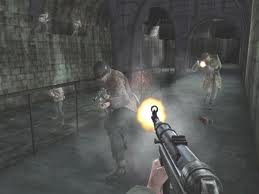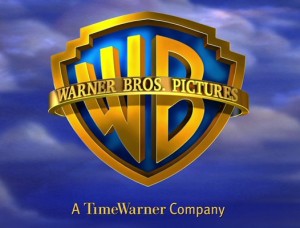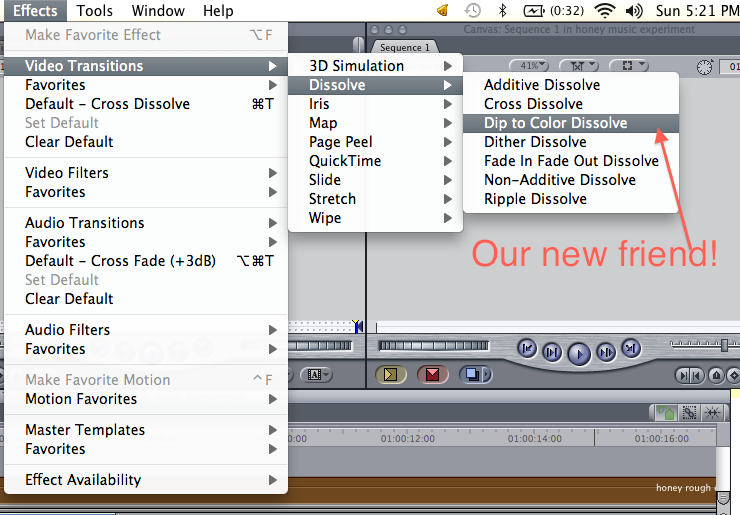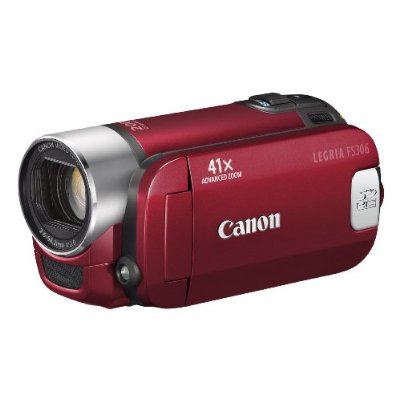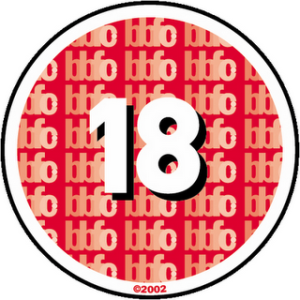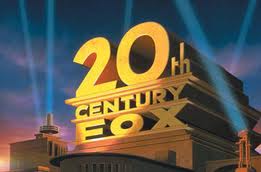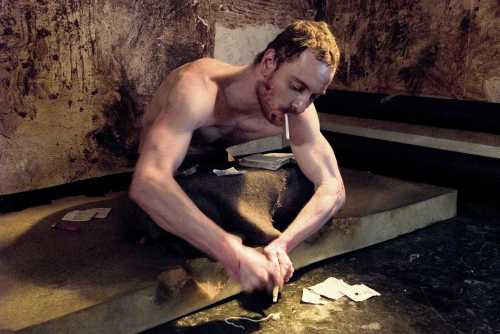Here is what we have learned today on different camera shots and movements.
Shots
Establishing shot/Extreme long shot : This could establish the time, weather, and location.
Here is an establishing shot of Hollywood.
Long shot : This enables audience to see a character of object of significance from head to foot and their relationship with the environment they are in.
Here is a long shot of members from Star Trek.
Mid shot : A shot from the waist up of a character or the important areas of an object of significance. This is to familiarize the audience with what is been shown. It shows detail/facial expression.
Here is a mid shot of Bruce Willis from John McTiernan’s Die Hard With A Vengeance.
Two shot : A shot which expresses the relationship between two characters (T.V chat shows). This shows interaction between the two as well.
Here is a two shot from Jean Luc Godard’s Vivre Sa Vie.
Close up : Head and shoulders of a character with little background seen. An object of significance with lots of detail. For example a piece of paper.
Here is a close up shot from Martin Campbell’s film adaptation of Casino Royale.
Extreme close ups :
Used artistically to create obscurity or to show intensive detail or significance in a smaller object.
Here is an adapted image of an extreme close up from Kubrick’s A Clockwork Orange.
Point of view:
A self explanatory shot.
Here is an example from the famous video game Call Of Duty.
To find good examples of the camera movements we learnt would be near impossible so instead here is a link to an awesome website with loads of terms on it which I’ve been looking at and learning and I’ll briefly describe the shots we learnt in lesson. http://www.springhurst.org/cinemagic/glossary_terms.htm
Tilt shot – The shot could perhaps start at the bottom of a person, object, or perhaps a large building and then pan upwards. Or it could start at the top and vice versa. This expresses significance of this character and perhaps its height or strength (e.g. a very very tall building, or a very tall, strong character).
Panning shot – A pan from left to right or vice versa which follows an object of significance (car, animal etc) or character.
Tracking shot – A generic term for a movement which involves a dolly. Could be a pan which involves some tracking or a crab shot etc. A tracking in shot could take a mid-shot to a close-up.
Zoom shot – Poor equivalent of tracking in or tracking out shot.
Crab shot – A tracking shot on a dolly which moves sidewards.
Arc shot – A tracking shot which moves in a semi-circle or perhaps full circle around a point of significance or character.

